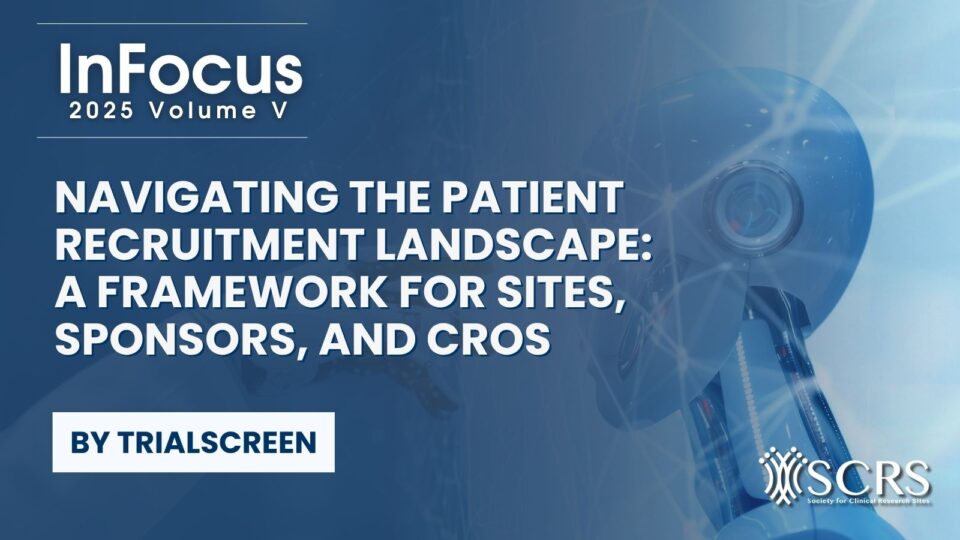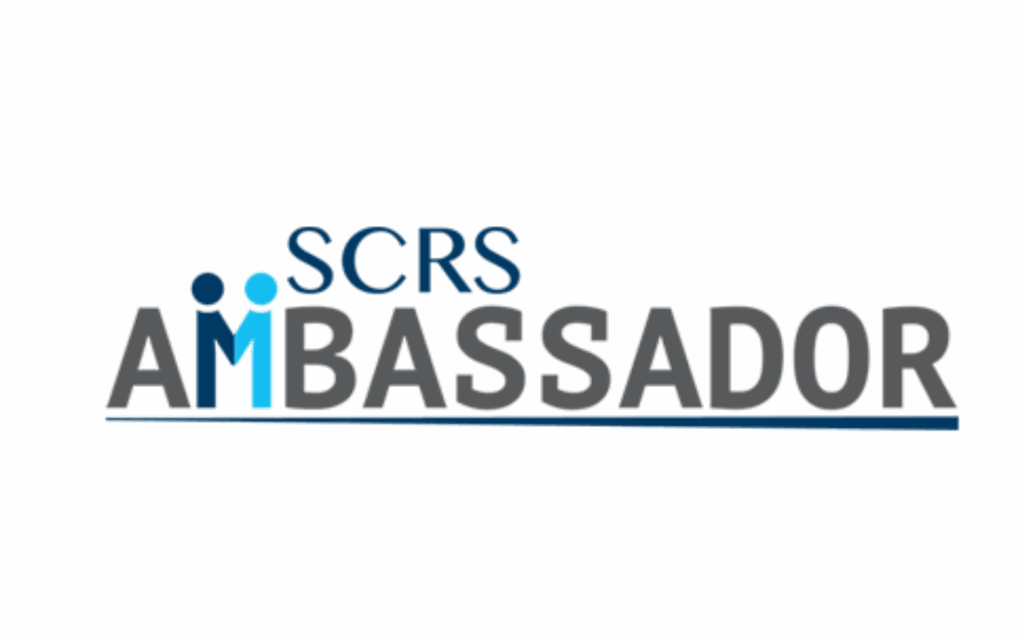Site Perspectives on BYOD ePRO Use

With an interest in making study participation more convenient, more sponsors are implementing a Bring-Your-Own-Device (BYOD) study model in which participants use their own personal devices to submit assessments.
Not only does this approach eliminate the burdens associated with unfamiliar provisioned devices, but it also means participants don’t need to worry about charging and carrying a second device.

Patient-reported outcomes (PRO) are increasingly included in drug development programs to capture participants’ perspectives on a variety of domains as well as to support labeling claims. This trend coincides with increasingly decentralized study designs and accelerated technology adoption.
Collecting patient-reported outcomes data via BYOD is thought to improve more than just convenience for trial participants – it may also drive compliance as participants are more likely to see study-related reminders on their own smartphone or tablet device.
As a result, electronic PRO (ePRO) data capture methods are now standard, having proven to offer benefits to all stakeholders. For example, sponsors can collect more and better-quality data from more participants while improving adherence to study requirements, and participants experience fewer burdens and increased convenience. In addition, ePRO offers flexibility in terms of how data are captured but prompts questions about device selection and modalities.
To investigate sites’ perspectives on one such modality, Signant Health’s Therapeutic Advisor, Katie Garner, conducted a qualitative study to further investigate the attitudes and experiences of site personnel involved in two global studies using BYOD to collect patient-reported outcomes, with an aim of understanding and alleviating potential pain points.
STUDY GOALS
• Compare attitudes towards BYOD and provisioned device usage
• Identify advantages and challenges associated with each approach
• Understand how site workflows for patient onboarding change depending on the selected technology
• Evaluate training materials
• Obtain overall feedback and improvement suggestions
KEY FINDINGS
SETUP EXPERIENCE
Participants who chose BYOD needed to download the app at their site visit, after they had completed the consent process. For provisioned devices, sites needed to scan and record the device details for inventory tracking. Both approaches took roughly the same amount of time to complete. One reported issue encountered during BYOD setup was that participants didn’t remember their app store password. This could be mitigated by ensuring that reminders to access app store credentials were provided ahead of the clinic visit. All site staff interviewed felt there was not a significant difference in time or complexity between the two approaches. However, they generally preferred the BYOD set up process because it required participants to be responsible for and more involved in device set up, reducing burdens for site staff. In fact, site staff could continue with other aspects of the visit administration while the participant was performing this activity.
TRAINING
All site staff commented that training would be useful to help them explain to participants the benefits of the BYOD approach and encourage its use. The site staff cited the benefits listed: 1. Participants do not need to carry an additional device 2. There’s a greater familiarity with personal smartphones and tablets 3. Using the participant’s own network provider is thought to lead to optimal connectivity for data submission (although global roaming SIM cards for provisioned devices can use multiple networks to ensure good connectivity) 4. An increase in data collection compliance can be expected Some site staff perceived that participants upgrading or changing devices during the study might forget to reinstall the study eCOA app.
TECHNICAL
Most sites transitioned a number of participants from provisioned devices to BYOD mid-study due to phone upgrades or participants changing their preferences. One site staff member reported that a small number of BYOD participants did not receive completion reminders, and only after investigation did they discover that they had silenced reminders in their device settings. Other participants complained of multiple reminders even though this helped them complete their data entry. Some participants requested to not receive push notifications until the site staff explained their importance.
COMPLIANCE
One staff member reported they had to keep reminding participants using provisioned devices who had turned off their phones or did not charge them to continue to make ePRO entries. One way to address this would be with a BYOD approach, since patients typically have their own personal phones charged and with them at all times.
RECOMMENDATIONS WHEN USING BYOD
PATIENT & SITE TRAINING
• Communicate the benefits of BYOD to sites and in participant materials to clarify the benefits and facilitate conversations and informed decision-making. • Remind participants to remember app store credentials ahead of their study visit. • Ensure a process is in place to enable participants to reactivate the ePRO app in the event of changing or upgrading their device. • Enable effortless transition from provisioned to BYOD based on a change in participant access to suitable smartphone technology or participant preference. • Provide screenshots of the app and participant handbooks for site reference
Download this whitepaper to learn more about the goals, methods, and results of this original research.




